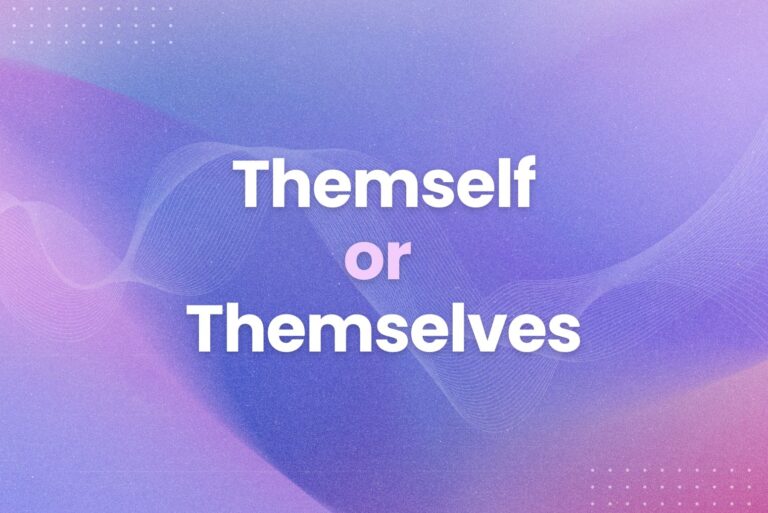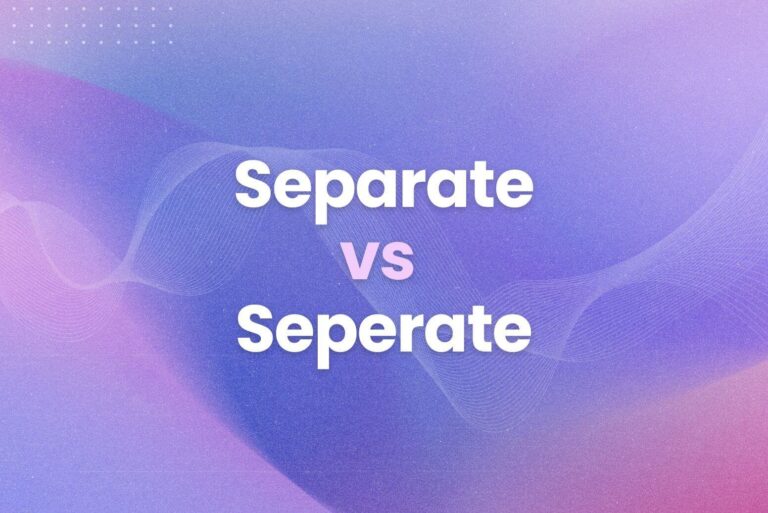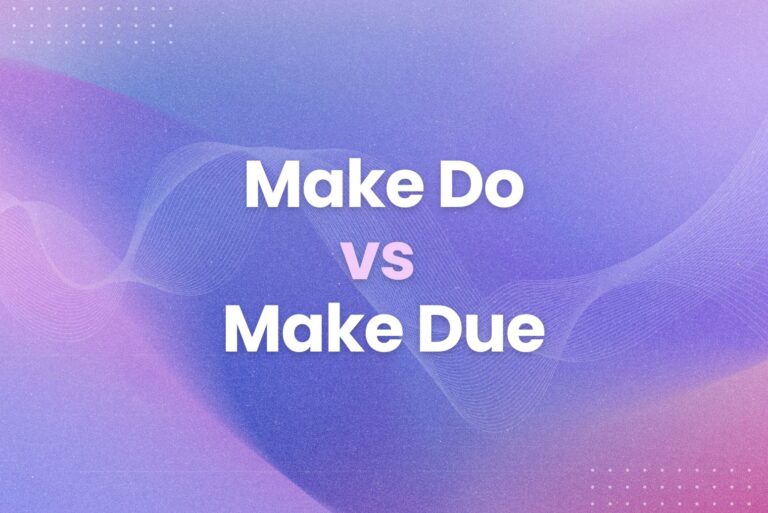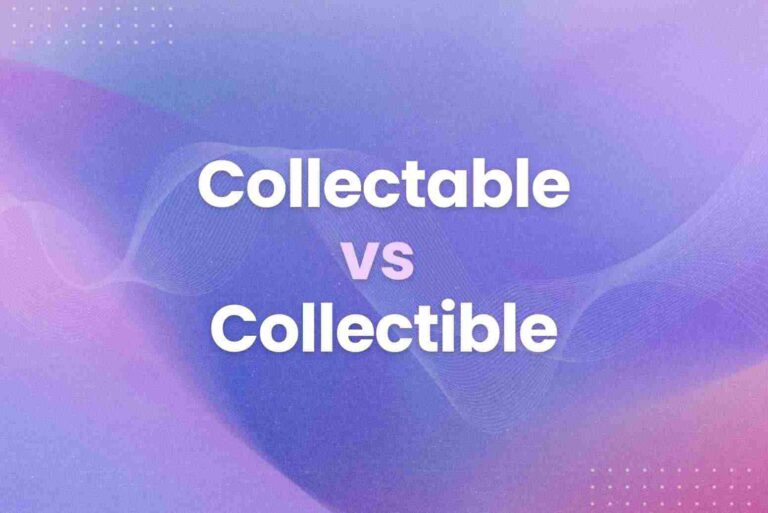Its vs It’s Explained Easy Way: A Grammar Lesson
Grammar gremlins. They sneak into our writing. They cause confusion. And they make us look, well, less than polished. One of the sneakiest? The “its” vs. “it’s” conundrum. It’s a small difference, but it matters. Consequently, mixing them up can undermine your message.
But fear not. This guide will banish that gremlin for good. We’ll break down the rules in a way that actually sticks. To clarify, here’s what we’ll cover:
- Firstly, the core difference between its vs it’s.
- Then, easy-to-remember tips and clear examples.
- Lastly, common errors and simple fixes.
The Core Difference Between its vs. it’s
This is the heart of the matter. This is where we separate the two. Its shows possession. Think of it like his, hers, or theirs. It indicates ownership. For example: The dog wagged its tail. The tail belongs to the dog. Therefore, we use its.
It’s, on the other hand, is a contraction. It combines two words: it is or it has. To clarify, if you can replace it’s with it is or it has and the sentence still makes sense, you’re using the correct form. For instance: It’s raining outside. This means it is raining outside. Similarly, It’s been a long day translates to it has been a long day.
Let’s break it down with a simple table:
| Word | Meaning | Example |
| its | Shows possession (belonging to it) | The bird built its nest in the tree. |
| it’s | Contraction of it is or it has | It’s a beautiful day. (It is a beautiful day.) |
Easy-to-Remember Tips and Clear Examples
Now that we understand the core difference, let’s solidify it with some easy-to-remember tips. These will help you choose the correct form every time.
- Tip 1: The “apostrophe S” test. If you can replace it’s with it is or it has, use it’s. For example: It’s cold outside. You can say It is cold outside. Therefore, it’s is correct.
- Tip 2: Ownership equals its. If something belongs to “it,” use its. For instance: The car lost its hubcap. The hubcap belonged to the car. Consequently, we use its.
Let’s look at some more examples to drive the point home:
- The cat groomed its fur. (Ownership)
- It’s time for dinner. (It is time for dinner.)
- The company announced its new strategy. (Ownership)
- It’s been a pleasure working with you. (It has been a pleasure working with you.)
Furthermore, consider this: If you’re ever unsure, try reading the sentence aloud. If “it is” or “it has” sounds right, use it’s. If it sounds awkward, its is the correct choice. This simple trick can save you from many grammar gaffes.
Common Errors and Simple Fixes
Even with the rules and tips, it’s easy to slip up. Let’s look at some common its vs. it’s errors and how to correct them. This will help you avoid these pitfalls in your own writing.
- Error 1: Using it’s to show possession. For instance: The dog wagged it’s tail. This is incorrect. The tail belongs to the dog. Therefore, the correct sentence is: The dog wagged its tail.
- Error 2: Using its when you mean it is or it has. For example: Its a beautiful day. This is also incorrect. You’re saying it is a beautiful day. Consequently, the correct sentence is: It’s a beautiful day.
Here are a few more examples of incorrect and corrected sentences:
- Incorrect: The company is known for it’s innovation.
- Correct: The company is known for its innovation.
- Incorrect: Its been a long time since we last met.
- Correct: It’s been a long time since we last met.
- Incorrect: The car needs it’s oil changed.
- Correct: The car needs its oil changed.
In addition, here’s a pro tip: When proofreading, specifically look for “its” and “it’s.” This focused approach will help you catch errors you might otherwise miss. Moreover, remember that Arvin can instantly identify these errors. Simply highlight the text, and Arvin will point out any its/it’s mistakes. This saves you time and ensures accuracy.
Write with Confidence: Arvin’s Got Your Back
Mastering its and it’s might seem small, but it makes a big difference in how your writing is perceived. We’ve covered the core differences, handy tips, and common pitfalls. Now, you have the tools to conquer this grammar hurdle. With a bit of practice, you’ll be using these words correctly every time.
Here are the key takeaways on its vs it’s:
- Firstly, its shows possession.
- And then, it’s is a contraction of it is or it has.
- Also, if you can replace it’s with it is or it has, use it’s.
- Lastly, proofread carefully, specifically looking for its and it’s.
Want an extra layer of confidence? Arvin, the AI-powered browser extension, is here to help. With its advanced grammar-checking capabilities, Arvin can instantly flag any its/it’s errors, ensuring your writing is always polished and professional. In short, it’s like having a grammar expert by your side, ready to assist you with any writing task.
FAQs About Its vs It’s
When to use its and it’s?
Use its to show possession. In other words, when something belongs to “it.” For instance, “The dog wagged its tail.” Use it’s as a contraction of “it is” or “it has.” For example, “It’s a beautiful day” (it is a beautiful day). Similarly, “It’s been a long time” (it has been a long time).
How do you remember the difference between its and it’s?
A simple trick is to try replacing it’s with “it is” or “it has.” If the sentence still makes sense, use it’s. If it doesn’t, use its. This is a quick and effective way to double-check.
What is one sentence using its?
Here’s an example: The cat cleaned its paws. This shows that the paws belong to the cat. Therefore, we use its.
Why is its vs. it’s a problem?
This is a common grammar error. It can make writing look unprofessional or careless. As a result, it can impact your credibility. Furthermore, it’s a small mistake that’s easy to make if you’re not paying close attention. This is why it’s important to understand the difference. Above all, accurate writing is important for clear communication.





